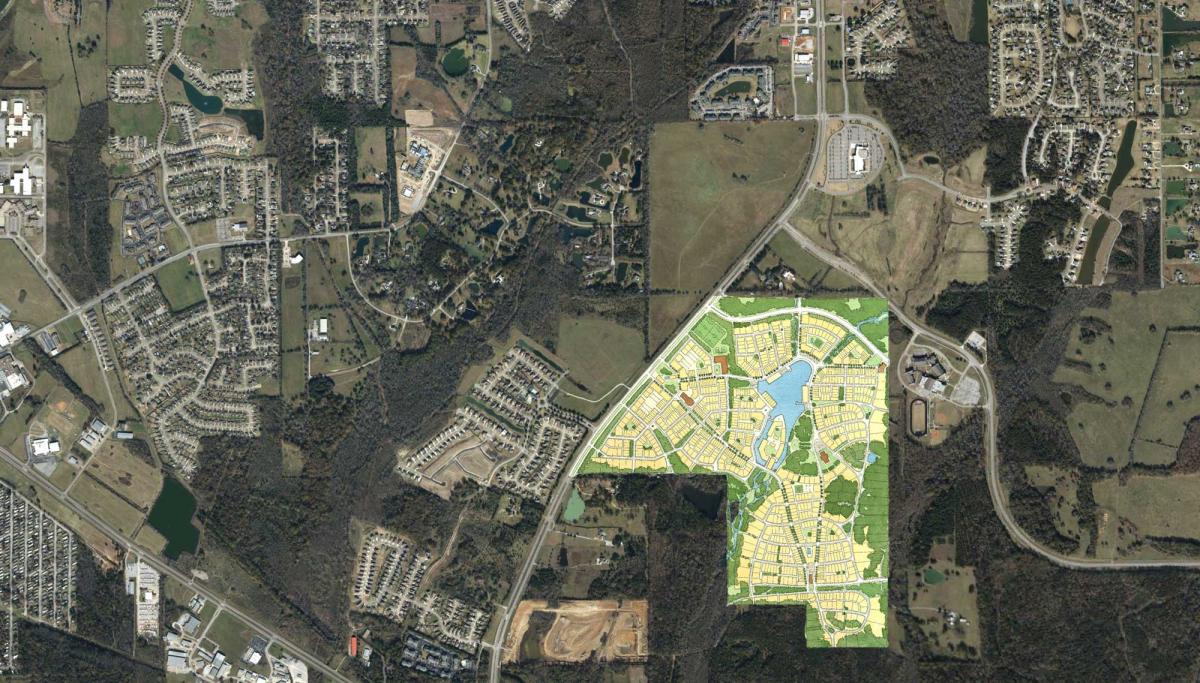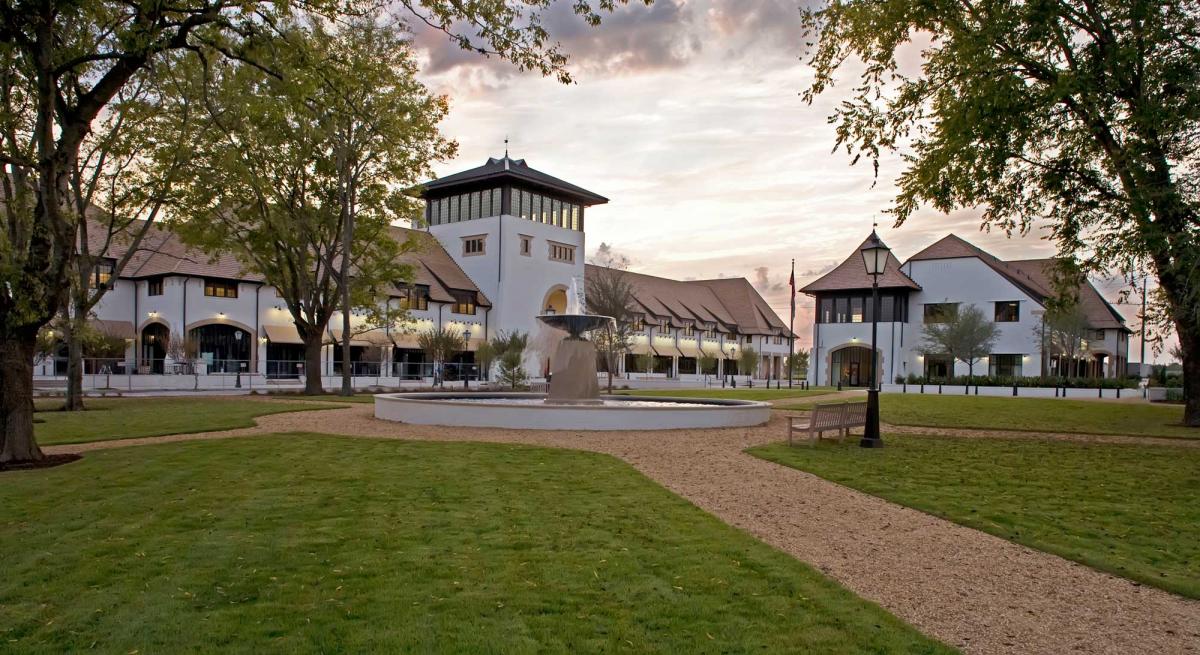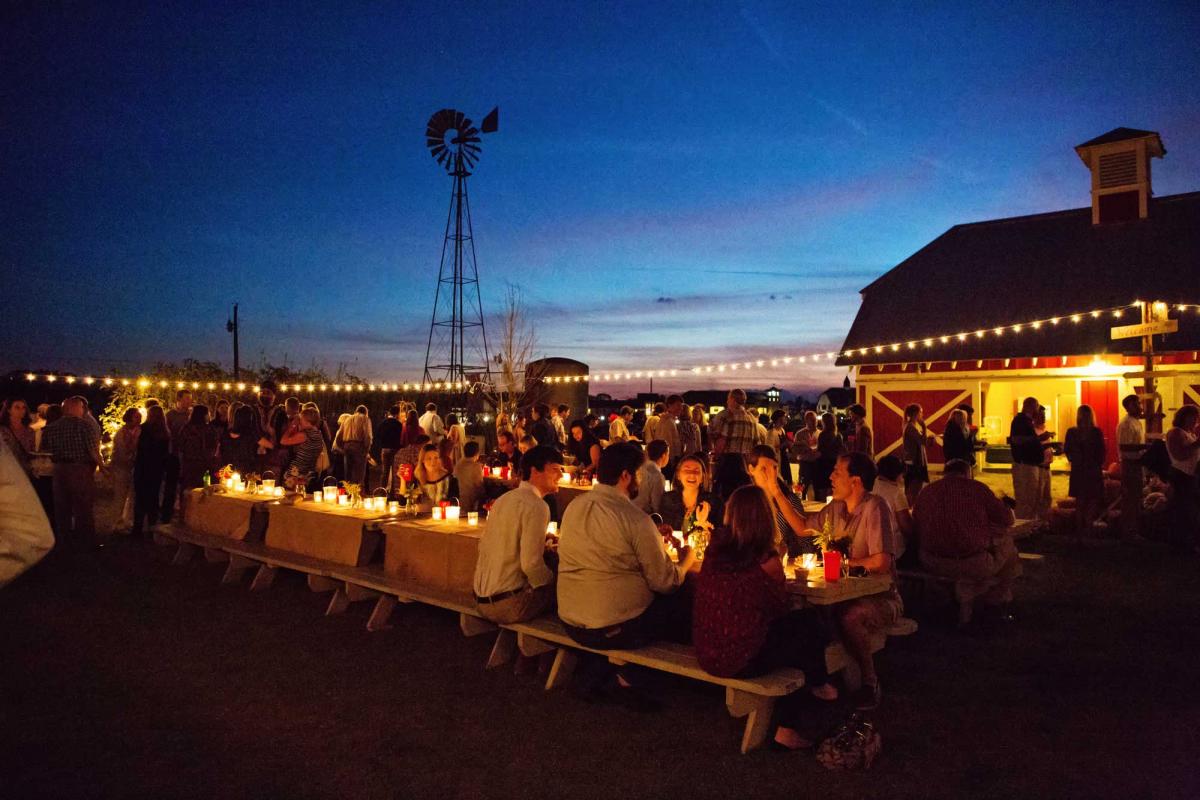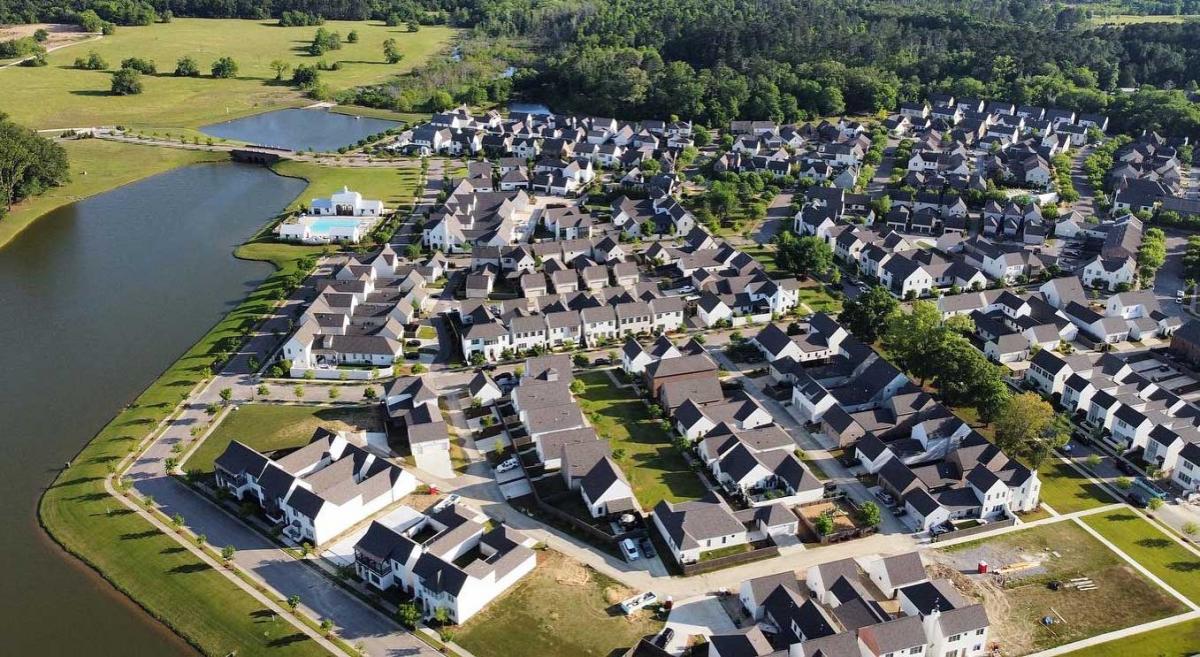
Community fosters social life through civic design
Healthy communities need formal and informal civic sites and institutions that promote social interaction for humans to thrive, argues Seth Kaplan in his recently published book Fragile Neighborhoods. Physical design that includes town centers and gathering spaces helps meet that need. Institutions and norms that bring people together are also critical.
Hampstead in Montgomery, Alabama, a 416-acre new town established in 2008, offers a model for community design and software that promotes interaction and well-being. “There are people walking dogs all the time, kids on bikes, people taking walks, everyone speaks and waves. This place feels like a neighborhood ought to feel,” reports Hampstead resident Christi Holding.
The development team, co-founded by Anna Lowder and Harvi Sahota, explains the approach: “Civic space is vital. More than just landscaping, thoughtful civic space ranges from the agrarian urbanism component at the farm to sites for physical activity, fire pit parks for gathering, lakeside greens, and large open sites for annual traditions like food and drink festivals, fundraisers, and neighborhood parties.”

Hampstead is nearly half-built, using a DPZ CoDESIGN plan that includes three walkable neighborhoods at the scale of a five-minute pedestrian shed—linked together as a small town. You can read more about the design here. The scale and variety of activities of the town and neighborhoods foster community. Three hundred and fifteen houses and 85 rental apartments have been built to date in various types, including townhouses, live-work units, carriage houses, mews, courtyard units, and cottages. Many new urban architects contributed building designs.
Hampstead incorporates civic parks throughout. More than 30 percent of the site is set aside as natural preserves, parks, and a community farm. Parks include playgrounds, dog parks, pocket parks and greens, formal civic squares, community gardens, and sports fields. The developer’s determination to preserve existing trees enhanced the public places, especially early on.
The town center is a mixed-use hub of activities, with 92,000 square feet of restaurant, retail, and office space. Serving all three neighborhoods, the center is the busiest gathering place in the community. One of the first things the developers did was create a “third place” by incubating a restaurant/bar called The Tipping Point in an inexpensive building (see photo at top). The business has become a community institution.

Formal civic institutions at Hampstead include a Montessori school, a public library, a community farm and gardens, pools, a YMCA and other wellness facilities, and a farmer’s market. The developers also launched the Hampstead Institute, a nonprofit, to oversee the farm, organize community events, and promote life-long learning for the community and wider region. The town’s informal institutions include an annual farm dinner, gatherings at town center restaurants, and other events.
Many of the aspects of daily life are designed into Hampstead. “A resident can walk a child to school, work out at the gym, grab a coffee, work at the office, stop at the library or check mail at the post office, go to the dog park, drop kids at soccer or tennis practice, pick vegetables from the farm, and meet friends for dinner,” explains the development team. These activities often have a social component. A healthy neighborhood has overlapping institutions, so a resident could know people from the school or library and also regularly meet them picking up vegetables, going to the dog park, or at one of the town’s “third places.” That’s a feature of resilient neighborhoods, explains Kaplan.

“Happiness is derived from social interaction, that sense of well-being through human connection, and health and wellness from the ability to walk and cycle,” the Hampstead team reports. Moreover, studies show that social interaction contributes to mental and physical health.
Without subsidy, Hampstead has achieved a wide price range. “Dwellings are available for ownership from the $150,000s to rent from $1,200 per month,” the development team reported in late 2022. While affordability is being maintained in the rental units, the market is pushing home prices up. Nevertheless, over the first decade and a half, Hampstead has a track record of including a wide range of ages, stages of life, and income brackets. “School teachers live next door to their students, and a waiter lives near his dentist,” the team notes.

Hampstead’s design would not have been possible without a form-based code (FBC), and the community was a code reform pioneer. The town is the first traditional neighborhood development built under Montgomery’s SmartCode, one of the first city SmartCodes in the US. The SmartCode is a Transect-based FBC created by DPZ to replicate new urban regulations across the US and the world.
The project has excellent street connectivity and internal walkability, but is surrounded by sprawl. Hampstead has much to offer the region, yet external access is mainly limited to automobile travel. Those fortunate to experience Hampstead daily benefit from a high quality of life. The transformation of Montgomery's suburbs is a work in progress.
New Urbanism addresses these regional transportation issues, but they are difficult for individual developers to solve. On the other hand, fostering strong social connections within a project can be addressed with the design and programming of neighborhoods. In that regard, the difference in planning and urban design of a community like Hampstead stands out.
Editor's note: This article addresses CNU’s Strategic Plan goal of working to change codes and regulations blocking walkable urbanism.




